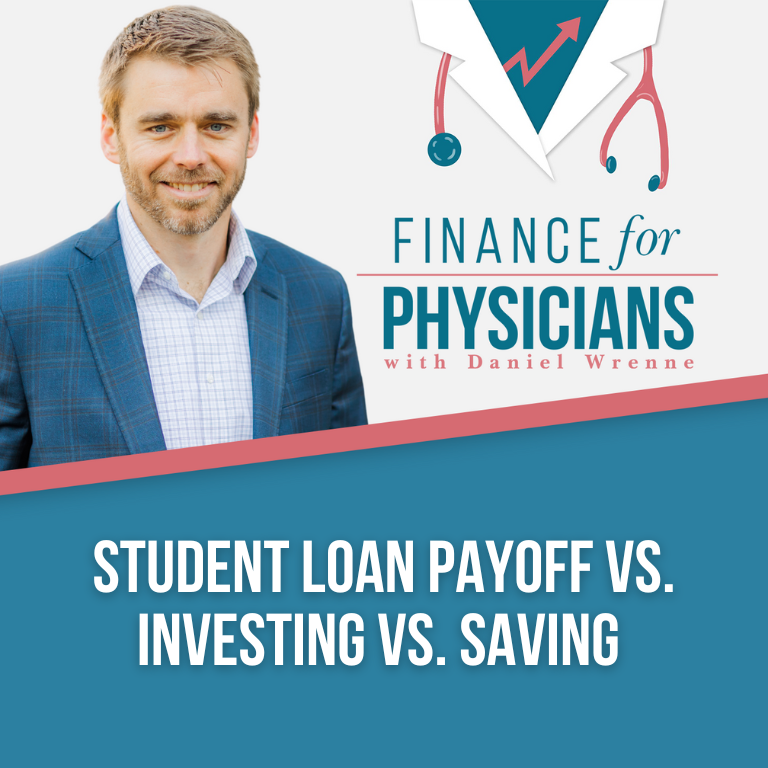This is a guest post from Miranda Marquit, a financial journalist. She writes for a number of publications about subjects related to money. You can read more of her writing at PlantingMoneySeeds.com.
When you have a mountain of student loan debt, it’s tempting to pay it off as soon as possible — no matter the sacrifice involved. I know that when I finished my own graduate degree, I had close to $60,000 in student loan debt. And that’s relatively tame compared to some of the debt taken on by other professionals.
However, after some serious thought, I decided that I didn’t need to pay off my student loan debt early. After consolidating all of my loans, my interest rate was 1.9%. I’m 10 years into a 25-year student loan repayment, and have no interest in repaying my loan early. Instead, I take the money that would have gone toward student loan debt reduction and invest it.
Low Interest, Tax-Deductible Loans
While your student loan rate might not be as low as mine, chances are that it’s still relatively low. And student loan interest is tax-deductible. So, even though you’re still paying interest, it’s usually not as much as a credit card, and you receive a tax advantage, which offsets some of the costs involved.
Many consider loan repayment a guaranteed return on your money. If you are paying 5.50% on your consolidated loans, paying them down quickly is like a return in that amount. However, if that money is going toward loan reduction, it’s not building your nest egg.
If you invest and receive 10% annualized returns, you are receiving what amounts to about 4.50%, after you subtract your student loan interest payments. However, you are setting money aside for the future, and building a nest egg. If you use a tax-advantaged account and consider the impact of compound interest on your investments, the long-term impact might be larger than the bare numbers suggest.
Another possibility is student loan refinancing. For many professionals with incomes that make them ineligible for income-based student loan repayment and protection options, it might be possible to refinance student loans to rates that are closer to the 2.5% – 3.5% range. For graduates with good credit, those rates might be even lower, allowing the potential for higher returns when the focus isn’t on paying of student loans early.
What About Setting Money Aside for Savings?
Don’t forget to consider savings. Putting money in a savings account with a yield of 1% (or less), isn’t likely to provide you with returns that exceed your loan pay down benefit. However, setting money aside in a liquid account can be of benefit to you, even if you don’t feel your money is growing as efficiently as it could be.
Diverting some of the money you would have used for your student loan debt to savings can provide you with peace of mind. Knowing that you’re building an emergency fund can help you feel better about your finances, and prevent you from turning to credit cards when things get tough. However, as far as returns go, you may not even beat inflation when you use a savings account.
Debt Freedom & Peace of Mind
Sometimes, it’s the peace of mind argument that matters most. Even if you can see potentially higher returns with the help of investing, you might not be comfortable carrying the student loan debt for a long time. If you are able to sleep better at night knowing that you are putting that money toward becoming debt-free, that might be the better option for you. It’s possible to put all the money you’ve been using to repay student loans into long-term investing, later, after you’ve gotten rid of the debt.
Think about your priorities, and what really matters to you, as well as how you feel about your situation. Run the numbers and pay attention to your gut feeling. Then decide the best use of your money.
